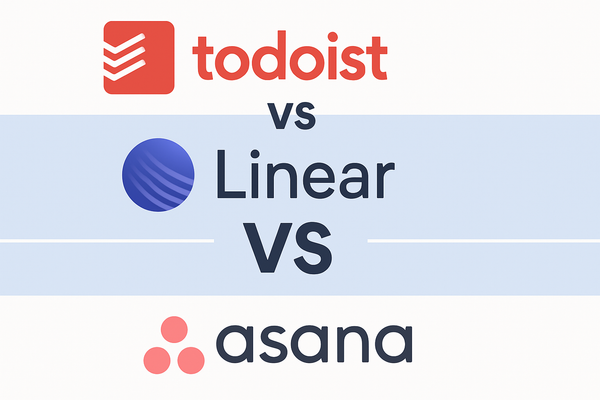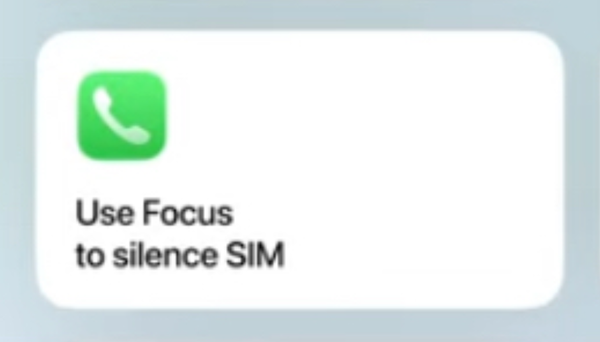Texting and Boundaries
My general rule of thumb is that texting is not for work. Unless there's an emergency, work communication should happen over email, in a team chat app, or on the phone.
Brian X. Chen, writing for the NYTimes in Text Messaging is Cool. But Where Are Its Boundaries?:
The pros of text messaging can easily turn into cons. Since texting typically takes only a few seconds and is widely considered the most urgent, attention-grabbing form of digital communication, it’s difficult to set boundaries around texting with our colleagues and friends. Texting invites us to intrude on other people’s time.
“Where does your work end, and where does your personal life begin?” said Justin Santamaria, one of the iPhone engineers who developed the iMessage app more than a decade ago. “That’s something over the past three years everybody has struggled with, and it’s playing out on your home screen.”
My general rule of thumb is that texting is not for work, especially when there's a power dynamic at play. Bosses should avoid texting subordinates, and clients should not text servicers.
In practice, this is impossible to enforce. But I wish there were a more universal etiqute paradigm for texting. Unless there's an emergency, work communication should happen over email, in a team chat app, or on the phone.
My problem with Focus is that it’s overly complex. Setting up each Focus profile is time-consuming, and it requires effort to schedule a Focus to activate at certain times, or to remember to toggle the feature on or off. In my experience, even when my Focus setting tells people that I’m not receiving notifications, they text me anyway.
Pro tip: turn off the setting in Focus Modes to "Share Focus Status." This gives senders the ability to "notify anyway." Meaning, it allows senders to chose to ding your phone, even if you're in a Focus Mode.
As Brain writes, giving senders this option means they will almost always choose to interupt you. When I am in a Focus Mode it is impossible for senders to ding my phone and steal my focus.
Also, Focus Filters in iOS 16 is a phenoemenal tool for helping you avoid accidentally seeing texts you aren't ready to process yet.
One of the beauties of text messaging is the ability to share something — like an idea or a photo — immediately. But the iPhone messaging app still lacks an easy way to avoid pestering people at unreasonable hours: the ability to schedule a message to send later.
Here is where Android’s messaging app has a clear advantage. Last year, Google added a scheduling tool. After composing a message, hold down the send button. A “Schedule send” button appears, letting you set a time and date for the text to be sent. That’s useful because we often send texts at unreasonable hours for fear of forgetting to send it later, and a scheduling tool solves this problem.
Apple, if you're listening, yes please.



